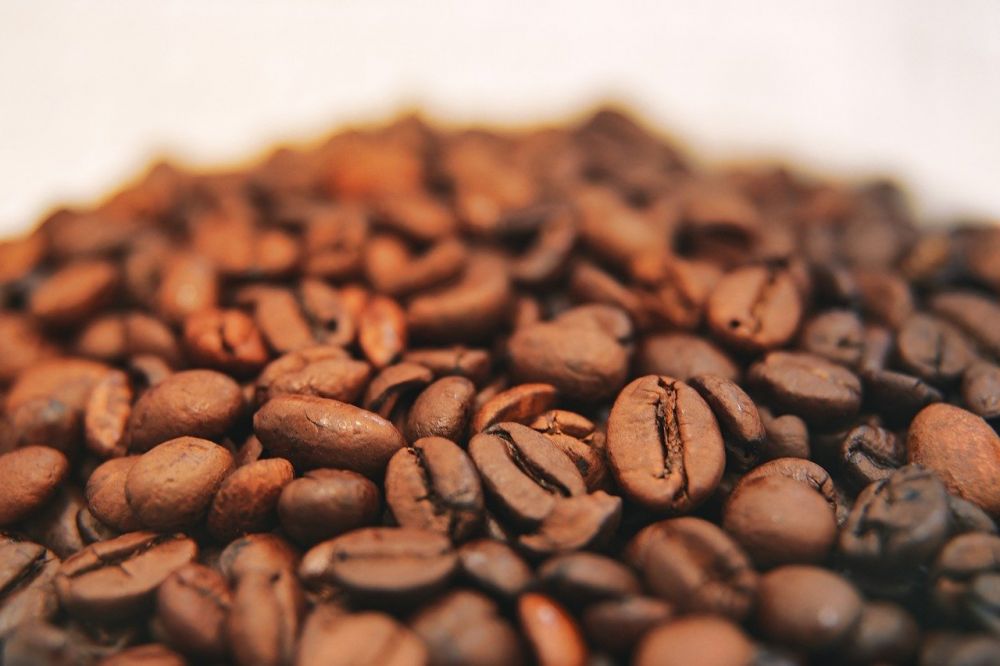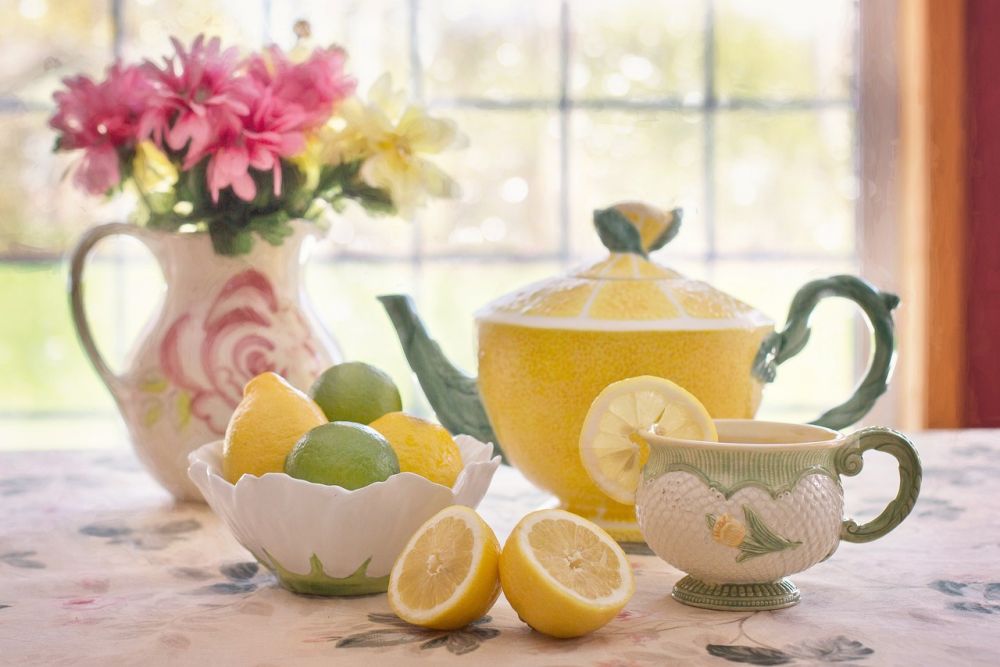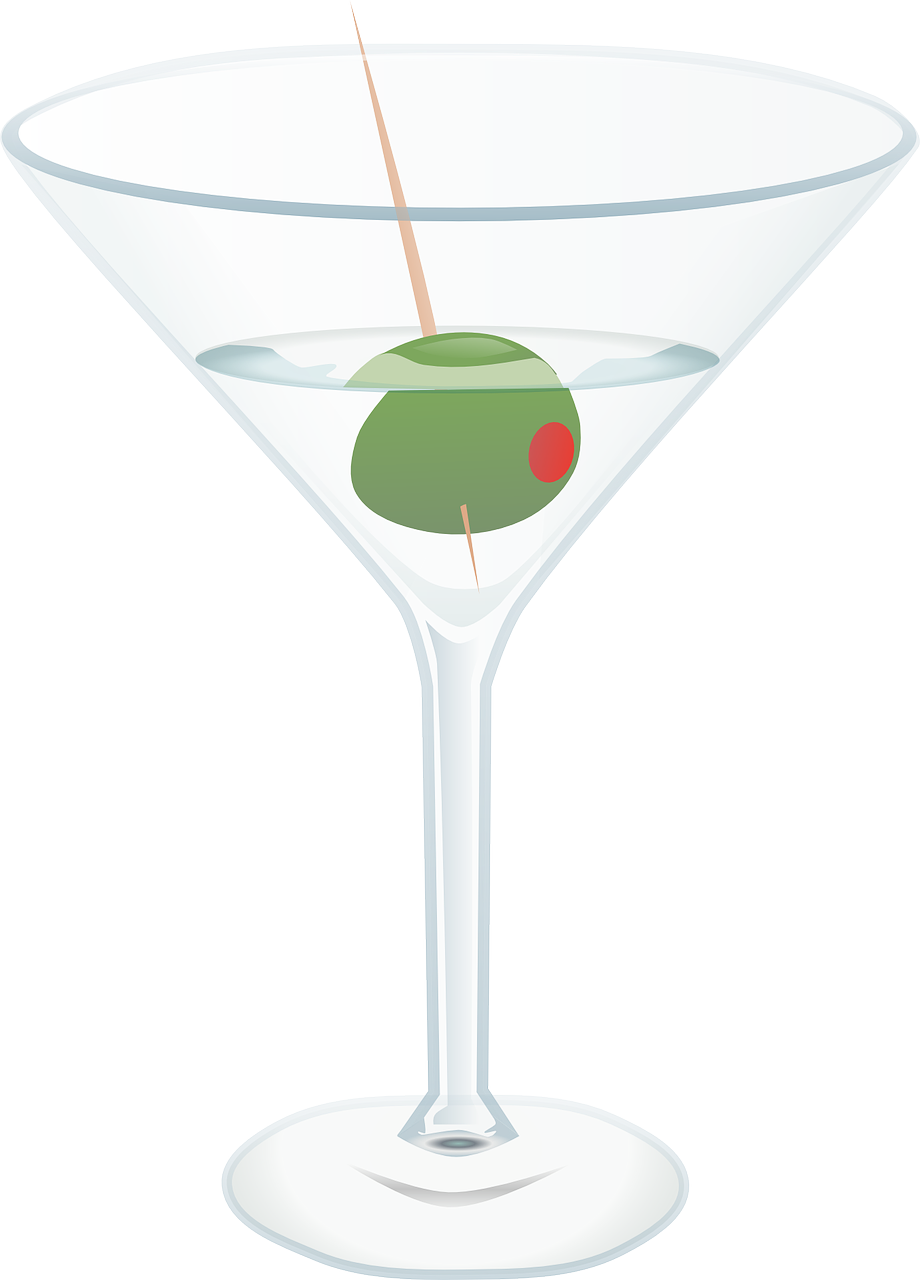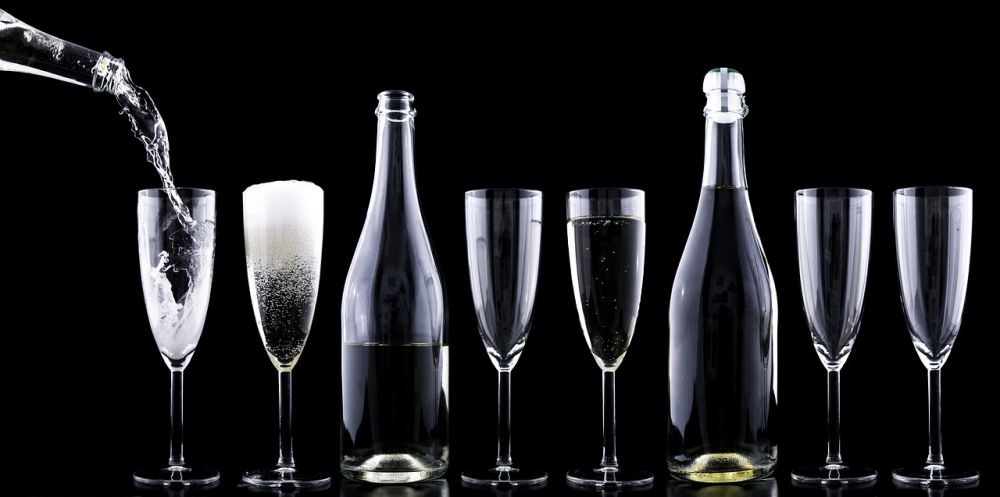Aloha Drinks: A Comprehensive Guide to the Tropical Beverage
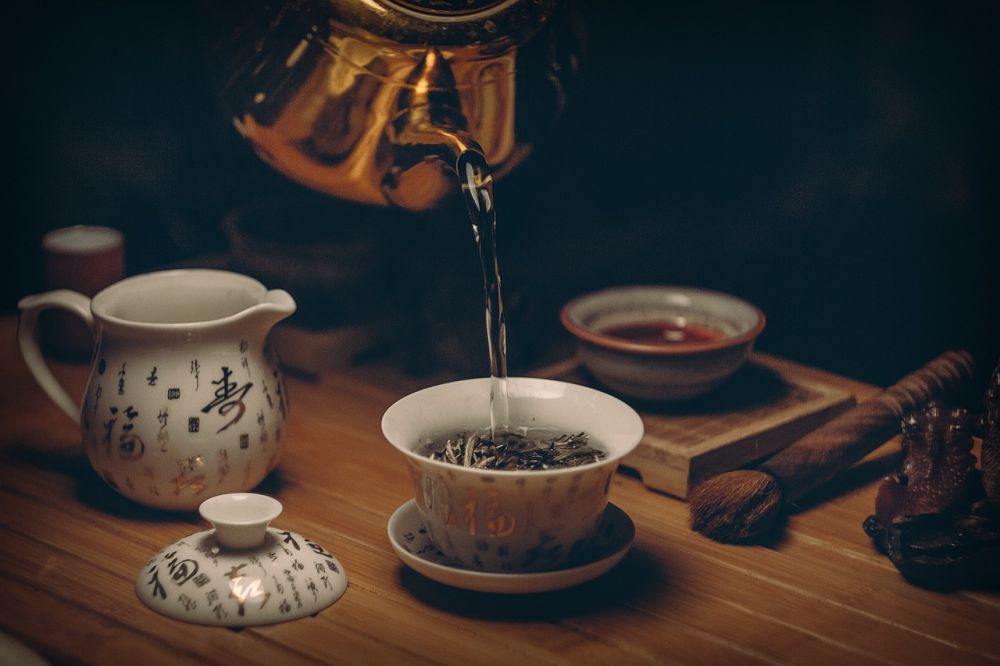
Introduction:
The tropical paradise of Hawaii has given birth to a refreshing and vibrant beverage known as the Aloha Drink. This article aims to provide a detailed overview of Aloha Drinks, including its various types, popularity, and historical significance. Additionally, quantitative measurements, differences between different Aloha Drinks, and a discussion on their benefits and drawbacks will be explored. So come along on this flavorful journey as we dive into the world of Aloha Drinks.
Aloha Drinks – Exploring the Essence of the Tropical Beverage

Aloha Drinks, synonymous with the Hawaiian spirit of hospitality and warmth, represent a diverse range of tropical beverages. These drinks often incorporate local fruits, flavors, and cultural influences to create a unique taste that transports you to the white sandy beaches and lush landscapes of Hawaii.
Types and Popularity of Aloha Drinks
Within the realm of Aloha Drinks, there is a wide array of choices to cater to various preferences. Some popular types include:
1. Mai Tai: This classic Aloha Drink combines rum, lime juice, orange liqueur, and a splash of pineapple juice, resulting in a sweet and tangy flavor that’s hard to resist. It has gained significant popularity both in Hawaii and around the world.
2. Blue Hawaiian: A visually stunning drink, the Blue Hawaiian combines rum, blue curaçao, coconut cream, and pineapple juice. Its vibrant blue color and tropical taste make it a favorite among beachgoers and cocktail enthusiasts.
3. Piña Colada: Originating from Puerto Rico but embraced in Hawaii, the Piña Colada features rum, coconut cream, and pineapple juice. This creamy yet refreshing cocktail has become synonymous with tropical indulgence.
These are just a few examples of the wide range of Aloha Drinks available. Each drink possesses its own unique flavor profile and is often influenced by the local ingredients and customs.
Quantitative Measurements of Aloha Drinks
When it comes to measuring the quality and flavor of Aloha Drinks, several quantitative aspects can be considered. These include:
1. Alcohol content: Aloha Drinks can vary in their alcohol content, with some being light and refreshing, while others pack a punch. Quantifying the alcohol content helps consumers make informed choices based on their preferences and tolerance.
2. Sugar content: One of the defining characteristics of Aloha Drinks is their sweetness. Quantifying the sugar content allows individuals to manage their sugar intake and find drinks that align with their dietary needs.
3. Fruit composition: Aloha Drinks often feature fresh fruits as a key ingredient. Measuring the percentage of fruit in these beverages provides consumers with an understanding of the quality and authenticity of the drink.
Quantitative measurements serve as a useful tool for both consumers and bartenders to create and enjoy the perfect Aloha Drink.
Differentiating Between Aloha Drinks
Despite sharing a tropical origin, Aloha Drinks can differ significantly in terms of taste, preparation, and presentation. Some factors that set these beverages apart include:
1. Ingredient selection: Various Aloha Drinks utilize different combinations of tropical fruits such as pineapple, mango, passion fruit, or guava. These unique selections lend distinct flavors to each drink.
2. Mixing techniques: Bartenders employ different mixing methods, such as blending, shaking, or stirring, resulting in variations in texture and consistency.
3. Garnishes: Elaborate garnishes, such as fruit wedges, umbrellas, and exotic flowers, are often used to enhance the visual appeal of Aloha Drinks. These adornments add a touch of elegance and showcase the creativity of the bartender.
By exploring these differences, one can truly appreciate the diversity within the world of Aloha Drinks, allowing for a more personalized drinking experience.
A Historical Overview of the Pros and Cons of Aloha Drinks
Throughout its evolution, Aloha Drinks have garnered both praise and criticism. Let’s delve into the history of these beverages and examine their advantages and disadvantages:
Pros of Aloha Drinks:
– Refreshing and tropical flavors that transport you to a Hawaiian paradise.
– Unique combinations of fruits and flavors provide an array of options for varied palates.
– Ideal for social gatherings and beach parties, bringing about a vibrant and celebratory atmosphere.
Cons of Aloha Drinks:
– Some Aloha Drinks can be high in sugar and calories, which may not align with certain dietary preferences or health goals.
– Excessive alcohol consumption can lead to health issues and impaired judgment.
– Availability of specific ingredients may pose a challenge for those living outside tropical regions.
Balancing the positive aspects with the potential drawbacks allows individuals to make informed decisions when indulging in Aloha Drinks.
Conclusion:
Aloha Drinks embody the rich cultural heritage and laid-back spirit of Hawaii. This comprehensive guide has provided an extensive overview of the beverage, including its various types, popularity, quantitative measurements, differences, and historical context. Whether you’re lounging on a beach or hosting a tropical-themed party, Aloha Drinks are sure to evoke a sense of paradise and create unforgettable moments. So go ahead, raise your glass, and say «Aloha» to the flavorful world of tropical indulgence.
